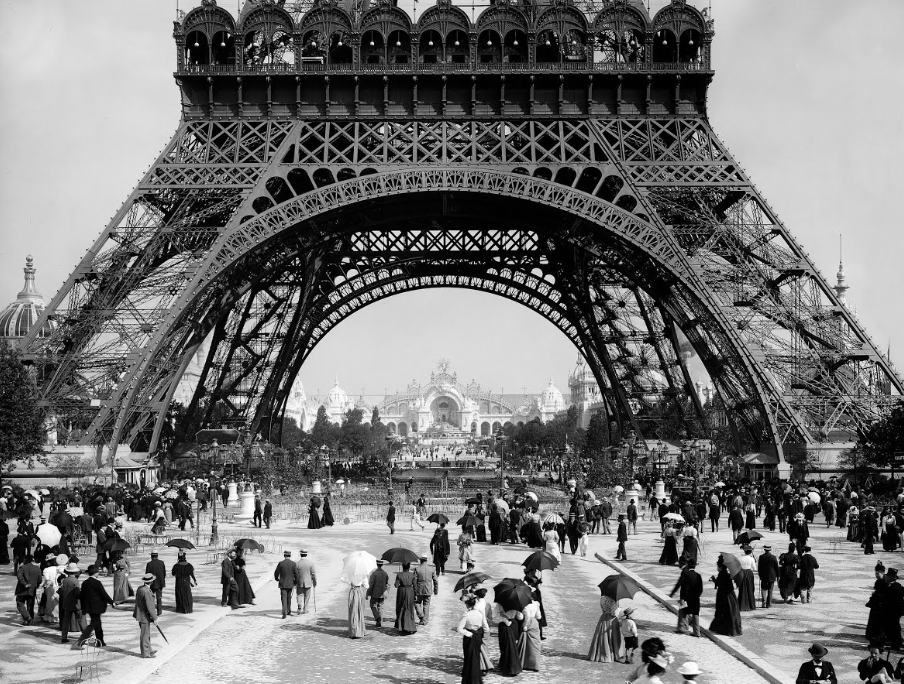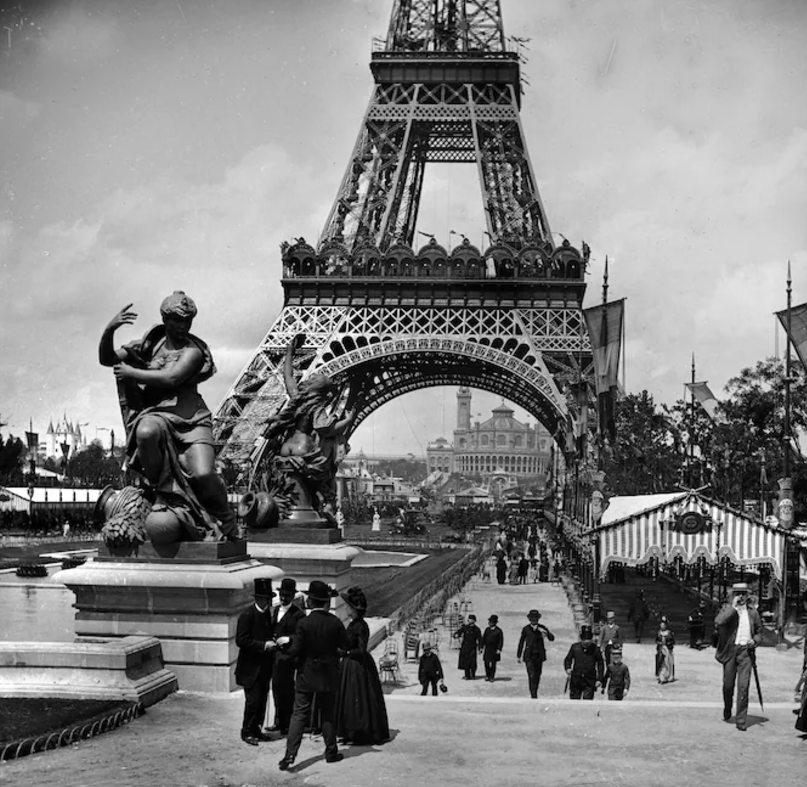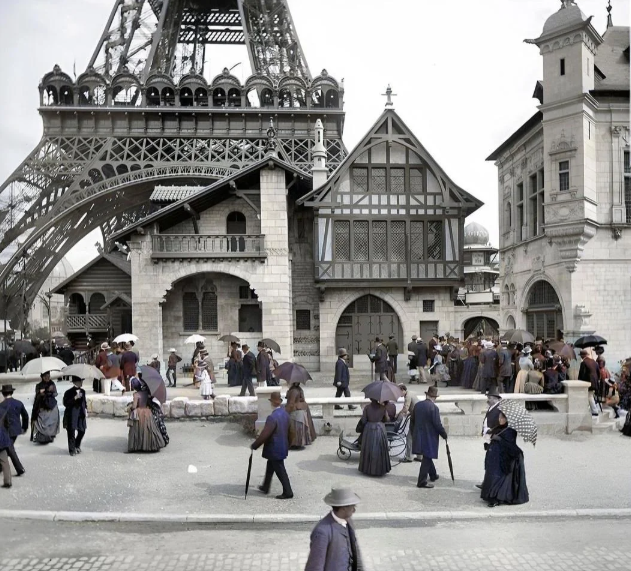The Eiffel Tower, one of the world’s most iconic structures, first opened its doors to the public during the 1889 World’s Fair in Paris. This architectural marvel, designed by Gustave Eiffel and his team, was originally met with mixed reactions but has since become a symbol of innovation, art, and French culture. Join archeology.dulichvn.net to discover the story of its grand unveiling, which is as fascinating as the tower itself.
A Visionary Structure for a Global Event and the Eiffel Tower
The Eiffel Tower was constructed as the centerpiece for the 1889 Exposition Universelle (World’s Fair), celebrating the 100th anniversary of the French Revolution.

1. The Purpose of the World’s Fair
The 1889 World’s Fair was an international exhibition showcasing technological advancements, cultural achievements, and architectural ingenuity. Paris aimed to demonstrate its status as a global leader in art and innovation.
2. The Birth of the Eiffel Tower
Chosen as the centerpiece of the exposition, the Eiffel Tower was conceived as a temporary structure. Gustave Eiffel’s design beat out over 100 proposals, offering a bold, industrial aesthetic that stood out against the city’s traditional architecture.
See more: The Salt Man: 1,700 Years Old and a Fascinating Discovery in Iran
3. Engineering Feats and Challenges
Standing at 324 meters (1,063 feet), the Eiffel Tower was the tallest man-made structure in the world at the time. Constructed in just over two years using 18,038 iron pieces and 2.5 million rivets, the project showcased groundbreaking engineering techniques and materials.
The Grand Opening: A Moment of Awe
When the Eiffel Tower was unveiled in March 1889, it became an immediate sensation, drawing thousands of visitors eager to experience this towering achievement.

1. First Impressions and Public Reaction
While many were awestruck by the tower’s sheer height and modern design, others criticized it as an eyesore. Notable artists and intellectuals of the time voiced their disdain, calling it a “monstrous skeleton.” Despite this, public fascination grew.
2. The Opening Ceremony
The opening ceremony was a grand affair, attended by dignitaries, engineers, and international representatives. Gustave Eiffel himself climbed the 1,710 steps to plant the French flag at the top, symbolizing national pride and triumph.
See more: Discovering the Fascinating Crinoid Period A Glimpse into Ancient Marine Life
3. Attractions and Features
Visitors marveled at the tower’s viewing platforms, offering breathtaking panoramas of Paris. Dining options, including the famous 58 Tour Eiffel restaurant and exhibits celebrating French achievements, added to its allure.
Legacy and Global Impact
From its controversial debut to its present-day status as a beloved landmark, the Eiffel Tower has left an indelible mark on history and culture.

1. A Symbol of Modernity
The Eiffel Tower represented a shift towards modernity, combining form and function in a way that was unprecedented. It stood as a testament to human ingenuity and progress.
2. Cultural Significance
Over the years, the tower has become a global icon, featured in countless works of art, literature, and cinema. Its image evokes romance, innovation, and the timeless charm of Paris.
3. Tourism and Preservation
Today, the Eiffel Tower attracts millions of visitors annually, making it one of the most-visited monuments in the world. Continuous efforts to preserve and enhance its structure ensure that future generations can marvel at its splendor.
Conclusion
The opening of the Eiffel Tower during the 1889 World’s Fair was more than just an architectural milestone; it was a moment that redefined the possibilities of design and engineering. Despite early criticism, the tower has endured as a beacon of innovation and cultural pride.
Standing tall over Paris, the Eiffel Tower continues to inspire awe and admiration, a timeless reminder of the power of human creativity and ambition. Whether you’re a history enthusiast, a traveler, or simply a dreamer, this iconic structure remains a must-visit destination, embodying the spirit of progress and the magic of the City of Light.

CÁC TIN KHÁC
Mary Walton: The Forgotten Inventor Who Helped Clean Up America’s Cities
Tomb of Queen Nefertari in the Valley of the Queens, Egypt
Discover the Hypostyle Hall of the Temple of Hathor at Dendera
Venus de Losange: Unveiling the Mystery of a 20,000-Year-Old Paleolithic Icon